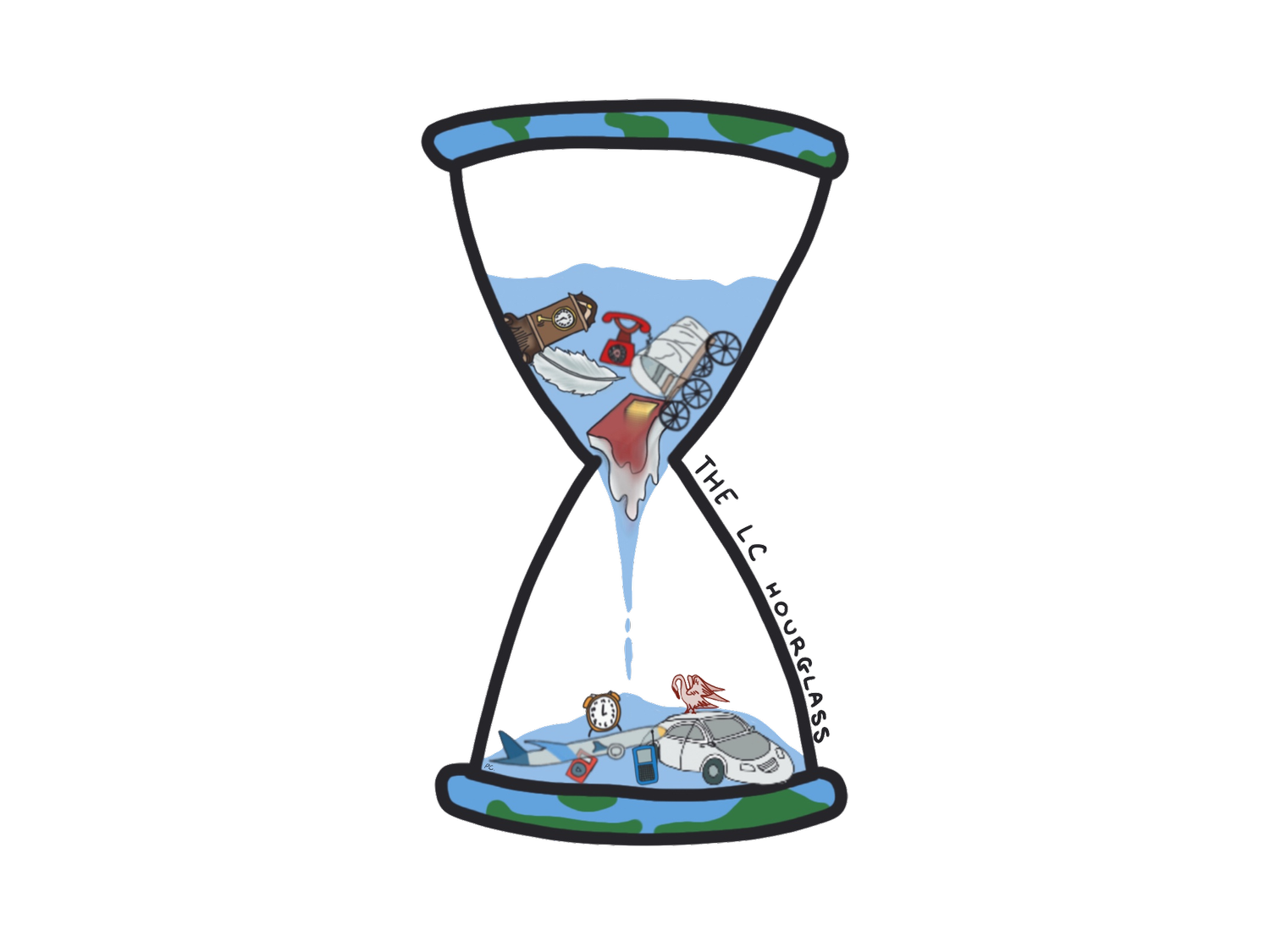Injustices in our Systems: Food Deserts in the US
By Kin Asvanund, 2027
Food Deserts are one of the major problems affecting millions of people in the United States. It is usually common among impoverished and multiracial communities and during the COVID-19 pandemic, these communities suffered the most.
Food Deserts are identified by the distance to a store or the number of stores in any given area. It can also be determined by the resources provided by the community such as public transportation and the communities' average income. Multiracial communities, especially black communities were already lacking stores and public transportation due to low wages and unemployment before the COVID-19 pandemic struck. Within the black community, the poverty rate was 17.1%, while 29% of black children were living in food-insecure households.
In 2020, the COVID-19 pandemic struck the United States, increasing economic inequality, leaving nearly half of the population struggling to sustain their basic consumption, along with an increase in unemployment. Up to 17.8% of black workers lost their jobs, resulting in less income, which forced them to move to a less populated and rural area with a lack of resources. With this economic crisis, it was more difficult for families to afford healthy food. Moreover, the pandemic has also restricted transportation because of disease-spreading issues, significantly affecting people who rely on public transportation. Grocery stores closed down, leaving only a few open, making it difficult to access without proper transportation.
Recently, the government has found several solutions to battle food deserts. Solutions have been proposed to minimize food deserts, such as tax incentives, increased public transportation, and urban farming. The government offered to lower taxes for people who were willing to build grocery stores near communities and areas that didn't have access to food. These stores will be within walking distance, so spending on public transportation would not be necessary. Additionally, as these grocery stores will bring food solutions with them, groceries will be cheaper, which will be one of the main factors that stabilize the economy in low-income areas. Moreover, public transportation will be funded, increasing resident's accessibility to food options that are not within walking distance. This will provide people living in food deserts with more options to access healthier food choices, even if they are not in their immediate vicinity. Furthermore, urban farming is another solution that can help alleviate the impact of food deserts. By utilizing unused urban spaces, such as rooftops, vacant lots, and community gardens, residents can grow their fresh produce. This not only provides access to healthy food options but also fosters a sense of community and self-sufficiency. Urban farming can also create job opportunities and stimulate the local economy.
In conclusion, food deserts are a significant issue affecting impoverished and multiracial communities in the United States, and the COVID-19 pandemic has only exacerbated the problem. However, through the implementation of tax incentives, increased public transportation, and urban farming, the government and communities can work together to minimize the impact of food deserts and provide access to healthier food options for all residents.
Works Cited
Casey, Annie E. “Exploring America’s Food Deserts.” The Annie E. Casey Foundation, February 14, 2021. https://www.aecf.org/blog/exploring-americas-food-deserts.
Nrdc.org. “Food Apartheid: Racialized Access to Healthy Affordable Food,” April 2, 2021. https://www.nrdc.org/bio/nina-sevilla/food-apartheid-racialized-access-healthy-affordable-food.
Morita, Sae X, and Hirotaka Kato. “Racial Disparity and Trend of Food Scarcity amid COVID-19 Pandemic in the United States.” Curēus, January 1, 2023. https://doi.org/10.7759/cureus.33232.
World Bank Group. “Chapter 1. The Economic Impacts of the COVID-19 Crisis.” World Bank. World Bank Group, February 15, 2022. https://www.worldbank.org/en/publication/wdr2022/brief/chapter-1-introduction-the-economic-impacts-of-the-covid-19-crisis#:~:text=The%20COVID%2D19%20pandemic%20sent,inequality%20within%20and%20across%20countries.
Economic Policy Institute. “Black Workers Face Two of the Most Lethal Preexisting Conditions for Coronavirus—Racism and Economic Inequality,” 2020. https://www.epi.org/publication/black-workers-covid/#:~:text=Black%20workers%20saw%20slightly%20greater,jobs%20between%20February%20and%20April.
Bauer, Lauren. “Hungry at Thanksgiving: A Fall 2020 Update on Food Insecurity in the U.S.” Brookings, November 23, 2020. https://www.brookings.edu/articles/hungry-at-thanksgiving-a-fall-2020-update-on-food-insecurity-in-the-u-s/.
Eden Green Technology. “What Are Food Deserts and How Do We Solve Them?” Eden Green. Eden Green Technology, March 20, 2023. https://www.edengreen.com/blog-collection/food-deserts#:~:text=Government%20Policies%20and%20Programs,communities%20that%20need%20them%20most.
